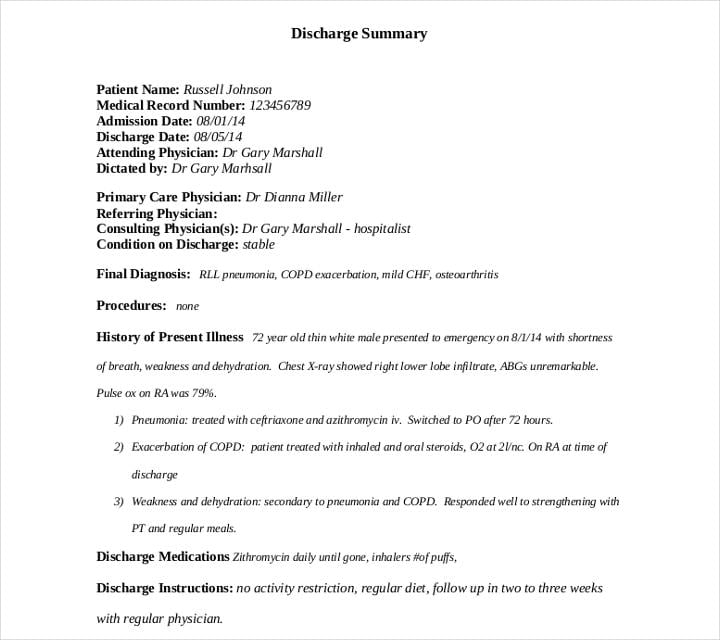
If you have the ability to dictate, dictate. Total time using this setup to complete your HPI is less than a minute. I first fill out the “Illness” form, and then will jump into the Narrative box and will dictate a few lines accordingly. It’s a small thing, but makes your HPI so much faster over time. This is great because it gives you the points you need for your level of service to be high (1-5). Severity, onset and duration have easy buttons to populate in this template.

The Illness form has an empty blank for “location”, “quality”, “context”, and other key components. So for that abdominal pain patient, consider using the “Illness” HPI form instead of “abdominal pain”. I have found that using Epic’s custom HPI forms actually take much longer. When doing charts in the Emergency room or clinic setting, use the illness tab to pre-populate your HPI. While some of the following might appear to be subtle workflow changes, they can yield significant efficiency gains.

#Epic all my patients discharge how to#
In particular, I focus on knowledge gaps I’ve seen in senior residents when learning how to chart. While the lecture and instructions I give are more detailed and nuance, there are 5 key takeaways I wanted to present that will make your next clinical day more efficient. Through hours of lectures I’ve given them, I’ve tweaked my instruction accordingly based on feedback I’ve gotten with what works and what doesn’t. I teach our residents on how to chart faster and be more efficient on shift.

We are not going to bore you with multiple dot phrases or macros for our PE or ROS. Our MD Tech Tip article this week is how to chart faster in Epic.


 0 kommentar(er)
0 kommentar(er)
